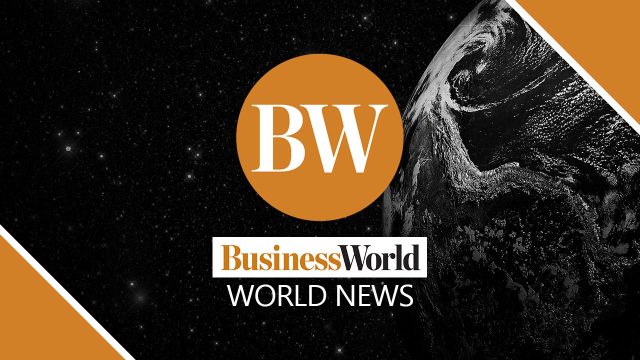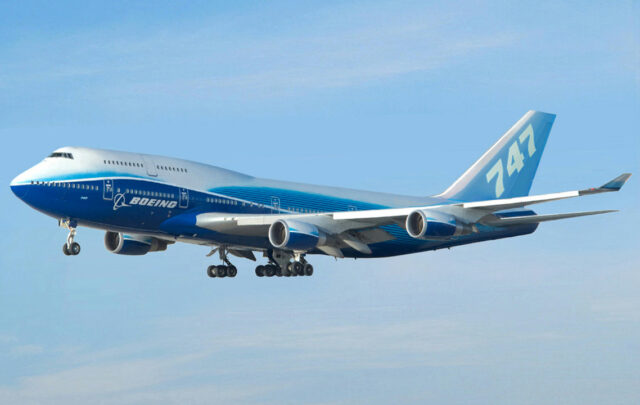Economic growth seen to slow in 2023 amid headwinds
The Philippines’ economic growth is expected to continue this 2023, albeit at a slower pace than last year’s performance, given several external headwinds.
The Philippines’ gross domestic product (GDP) expanded by 7.6% in 2022, according to the Philippine Statistics Authority (PSA). While the growth in the fourth quarter slowed to 7.2% from the third quarter’s 7.6%, the full-year GDP growth in 2022 surpassed the 6.5%-7.5% target range of the Development Budget Coordination Committee (DBCC). The full-year growth also surpassed the 7.5% estimate by economists in a BusinessWorld poll, and it is seen as well as the country’s fastest economic growth since 1976.
For 2023, the DBCC projected the GDP growth momentum to slow from last year’s growth rate in the first three quarters, which also exceeded the target range.
“This momentum is expected to slightly decelerate in 2023 and range from 6.0% to 7.0% considering external headwinds such as the slowdown in major advanced economies,” the DBCC said in a statement last December.
The country’s economic team initially forecasted the GDP to grow 6.5%-8% this year.
“Nevertheless, growth is expected to pick up in 2024 to 2028 at 6.5% to 8.0%, as we push for government strategies and interventions of the Philippine Development Plan 2023-2028,” said the DBCC.
Among those strategies and interventions are the modernization of agriculture and agribusiness; revitalization of the industry sector; and reinvigoration of the services sector.
The DBCC consists of the National Economic and Development Authority (NEDA) and Department of Finance (DoF) secretaries as well as the Bangko Sentral ng Pilipinas (BSP) governor, with the Office of the President. The committee is chaired by the Department of Budget and Management (DBM) secretary.
For Finance Secretary Benjamin E. Diokno, “the best is yet to come” for the country.
“After the highly unprecedented pandemic, followed by Russia’s invasion of Ukraine and a weakening China growth, the global economy is likely to face a mild recession next year. But for the Philippines, the worst is over, and better years are expected,” Mr. Diokno said last month.
He noted that many organizations and experts projected a global recession this year, hence lowering their growth outlook on the country’s GDP below 6%.
DBCC’s outlook for the year, as mentioned, is at 6%-7%.
“But an average GDP growth of 6.5% is nothing to be sneezed at: it is still one of the highest, if not the highest, growth rates among ASEAN+6 economies,” he said.
ASEAN+6 comprise of the 10 member states of the Association of Southeast Asian Nations plus trading partners such as Australia, China, India, Japan, New Zealand, and South Korea.
Such an optimistic view has a lot of reasons, said Mr. Diokno. Among these is the early approval of the 2023 national budget and adoption of the Medium-Term Fiscal Framework FY 2023-2028 as well as the prompt approval of the Philippine Development Plan 2023-2028.
Meanwhile, the World Bank projected the growth of the Philippine economy to slow to 5.4% in 2023.
“After the strong rebound in 2022, growth in Malaysia, the Philippines, and Vietnam is expected to moderate as the growth of exports to major markets slows,” the World Bank said in its Global Economic Prospects report from this month.
The Asian Development Bank (ADB) also lowered its growth projection on the country’s GDP to 6% from 6.3%.
“There are downside risks to growth in 2023, including inflation stickiness, further increases in interest rates, and a sharper-than-expected slowdown in GDP growth in advanced countries,” ADB Philippines Country Director Kelly Bird said last month.
The ADB expected sustained upward pressures on commodity prices in 2023 as well. And this includes oil, which could lie heavy on the Philippines, being mainly oil-importing. It also noted continued uncertainty stemming from the conflict in Ukraine.
For Southeast Asia, ADB projected GDP growth to slow to 4.7% this year.
Also trimming its growth outlook, the ASEAN+3 Macroeconomic Research Office (AMRO) expected the country’s economy to grow by 6.2% this 2023, down from its earlier projection of 6.3%.
“The Philippines had a very strong year last year. It was very resilient and that’s why we revised up to 7.3% (from 6.9% previously). This year, we expect growth to revert back to 6.2%, so this is still a very strong growth rate, the economy has done well overall,” AMRO Chief Economist Hoe Ee Khor was quoted as saying.
AMRO also lowered its growth projection for the ASEAN+3 region (which includes ASEAN member-states plus China, Japan and South Korea) from 4.6% to 4.3%. It also trimmed its forecasted growth for the ASEAN region from 4.9% to 4.8%.
As BusinessWorld reported last October, Fitch Ratings slashed its 2023 GDP forecast from 7% to 5.5%, citing risks stemming from a foreseen global slowdown, as well as “potential economic scarring from the pandemic, in particular, due to learning losses.”
The following November, Fitch Solutions Country Risk & Industry Research also forecast a slowdown in the country’s economic growth at 5.9% as momentum is seen to slow over the quarters to come. “High inflation, continued policy rate hikes, and weakening external demand are likely to cause growth to slow over the coming quarters, with the impact only being softened by extended fiscal support,” read the report.
A study published by state think tank Philippine Institute for Development Studies (PIDS) last November also expected GDP growth to weaken this year, with a forecast below the government’s outlook.
Authored by Margarita Debuque-Gonzales, John Paul Corpus and Ramona Maria Miral, the study projected GDP growth to slow to 4.5%-5.5% in 2023, citing the International Monetary Fund’s (IMF) “gloomy and uncertain” outlook for the global economy. The PIDS study projection is lower even with DBCC’s cut in growth forecast from 6.5%-8% to 6%-7%.
“Projections incorporating the Philippine FCI (financial conditions index), which is tightly linked to GDP growth, particularly at important turning points and which has turned negative as of the last update (June 2022), indicate a slower GDP expansion of about 4.7% in the coming year,” the PIDS authors wrote in the discussion paper. “However, catchup spending in services, especially in tourism, and stronger deployment of overseas Filipino workers may bolster growth.”
On the other hand, the Federation of Filipino Chinese Chambers of Commerce & Industry, Inc. last December expressed its optimism about the country’s economic growth this year, which it pegs between 6.5%-7.5% and expects to be driven by the country’s “positive economic and demographic fundamentals.”
S&P Global Ratings, meanwhile, shared a slower growth outlook for 2023 last two months ago, trimming it from 5.7% to 5.2%. Yet, the credit watcher sees domestic demand recovery to boost growth in the country this year, while strong consumption in the country, alongside those of other economies, is forecast to lift the average Asia-Pacific regional growth.
Moreover, earlier in January, S&P Global Market Intelligence pointed sustained reopening of domestic and international tourism travel as a potential boost to the economy this year.
“Due to the importance of domestic tourism in the overall contribution of tourism to GDP, the recovery of domestic tourism could be a significant growth driver in 2023,” Rajiv Biswas, Asia-Pacific Chief Economist at S&P Global Market Intelligence, wrote in a report published in the intelligence firm’s website.
“Continued rapid GDP growth of around 5.6% [year on year] is expected in 2023, helped by continued strong private consumption spending, an upturn in government infrastructure spending and improving remittance inflows,” the report added.
The report goes as far as projecting a rapid economic growth for the country over the decade ahead.
“By 2034 the Philippines is set to join the ranks of a small group of countries in the Asia-Pacific region that have a GDP exceeding one trillion dollars. This will result in a significant transformation of the structure of the Philippines economy, with substantial expansion in the size of the domestic consumer market,” Mr. Biswas added. — Chelsey Keith P. Ignacio with A.P.B. Conoza











